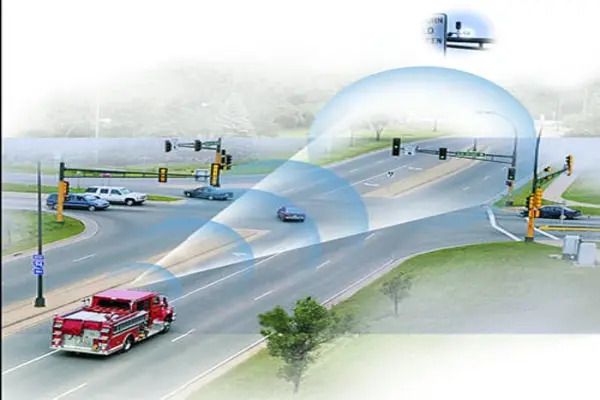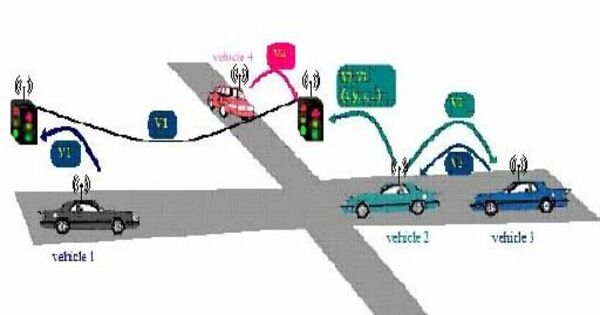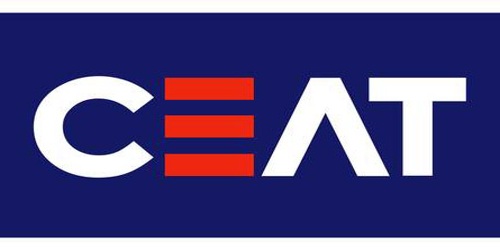Adding a fourth light to traffic signals, in addition to red, green, and yellow, will reduce pedestrian wait times on street corners while also improving traffic flow for both autonomous cars and human drivers. And the more autonomous vehicles there are in the traffic network, the lower everyone’s wait times will be.
“Our earlier work introduced the idea of a fourth traffic signal called a ‘white phase,’ which taps into the computing power of autonomous vehicles (AVs) in order to expedite traffic at intersections — but we had not yet incorporated what this concept would mean for pedestrians,” says Ali Hajbabaie, corresponding author of the paper and an associate professor of civil, construction, and environmental engineering at North Carolina State University. “We’ve now expanded our computational modeling to account for foot traffic, and the results are extremely promising for both pedestrians and vehicles.”
Our previous research found that the more AVs there are on the road, the more efficiently the traffic moves. To be clear, this improves travel time, fuel efficiency and safety for all of the cars on the road – not just AVs.
Ali Hajbabaie
The white phase concept takes advantage of AVs’ capacity to connect wirelessly with both one another and the computers that regulate traffic lights. When a sufficient number of AVs approach the intersection, a new traffic light—the white light—is activated. While red lights signal halt and green lights mean go, white lights instruct human drivers to just follow the automobile in front of them. In brief, the white light indicates that AVs are coordinating their movements to bring traffic through the crossing more effectively.
“Our previous research found that the more AVs there are on the road, the more efficiently the traffic moves,” Hajbabaie says. “To be clear, this improves travel time, fuel efficiency and safety for all of the cars on the road — not just AVs.”
To account for pedestrian traffic, the researchers incorporated a suite of new parameters into the optimization model that assessed the impact foot traffic would have on all traffic through an intersection.

“We found that, when pedestrians are added into the mix, the white phase concept still improves traffic efficiency for everyone,” Hajbabaie says. “And, again, the higher the percentage of traffic that is made up of AVs, the more efficiently traffic moves through intersections.
“If at some point in the future we see almost universal adoption of AVs, our models suggest that delays at intersections would decrease by more than 25%. More realistically, we will eventually see a lower percentage of wirelessly connected AVs on the road, but there would still be meaningful improvements in traffic time.”
The researchers understand that governments will not implement these new traffic technology in the near future, but they are already preparing to ensure that future pilot programs are safe and effective.
“We are currently setting up a physical testbed that will allow us to experiment with this concept in the physical world — not just in a computer model,” adds Hajbabaie. “However, the cars we use in the testbed are small enough to fit in your hand. This will allow us to detect implementation difficulties without incurring the expense and safety risk associated with employing full-scale vehicles. In the interim, we are willing to collaborate with business and research partners to find ways to advance these technologies.”















